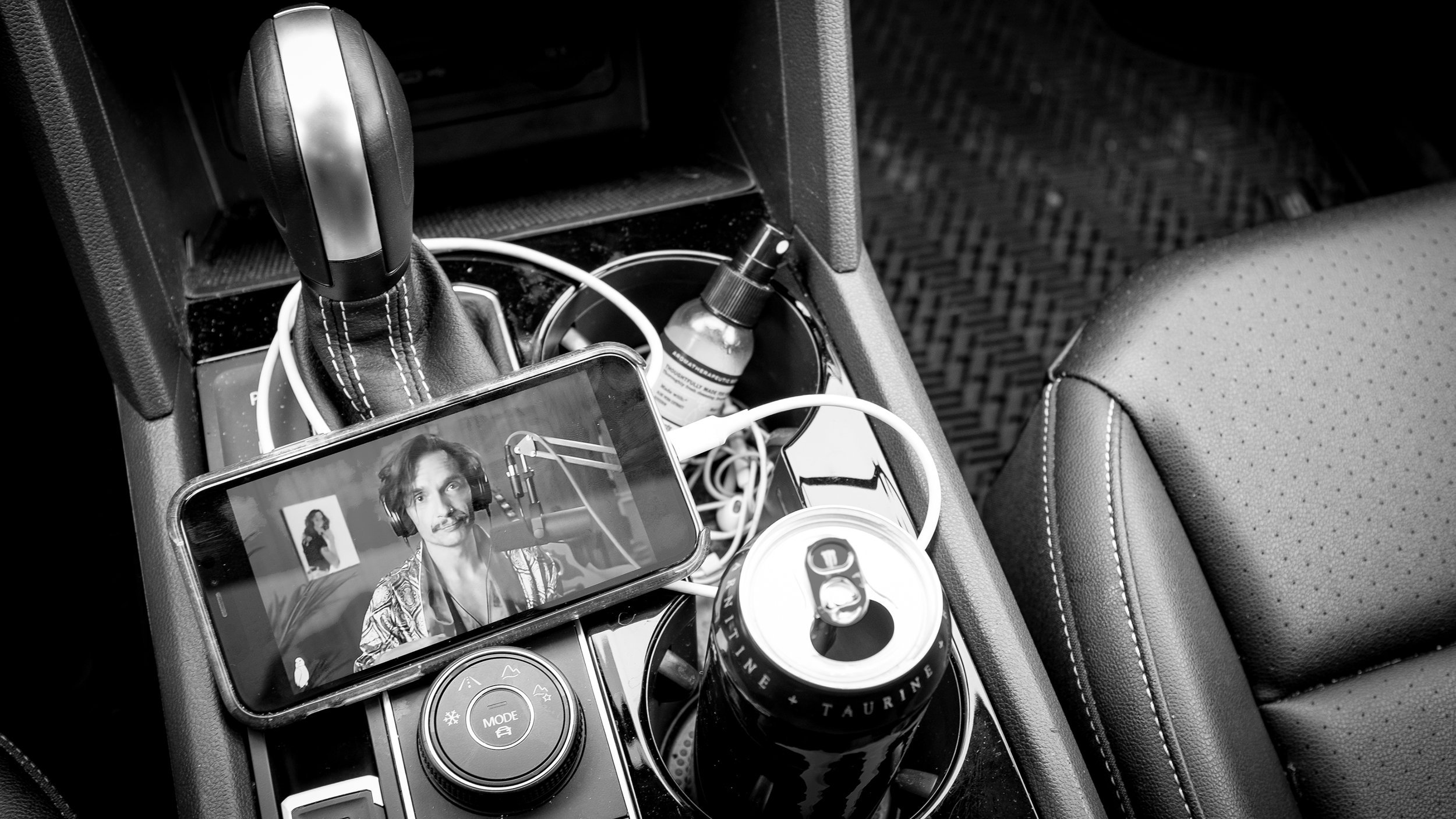As a teacher, as an artist, and as a human, I lean into the idea that we are constantly evolving and moving from stages within our lives. I see these three distinctions vanish into a more malleable state of ‘me’ as opposed to individual tables of artist/teacher/human but each silo holds its own importance. The part of me that people would call artist for example has changed drastically through the years. My work today is vastly different from my work of 15 years ago as the amount of time, thought, and experience that has elapsed between the two points in my life are immeasurable but inevitably present.
If we are going to split the greater ‘me’ up into these silos, the Teacher silo is the one that is most connected to my human silo. As I move through life, my experiences as a husband, as a father, as a son, as a brother, as a co-worker, and as a friend inject themselves into how I see myself as a teacher and how I see my students and mentees as humans.
As an art teacher and professional mentor, my first goal is to create a safe space for students to explore their own creativity as they work on finding and establishing their own ever-evolving identity. If we don’t have a proverbial room to build up, break down, expand, and destroy with ideas… we don’t have a foundation for which to build art. Through thoughtful communication and genuine connection, I am looking to establish this safe space for the students to create their art. In my own student experience, once that level of empathy and comfort was achieved, I was empowered to tap into my own emotions and I was given the space to express them.
My biggest influences in creating connections with students have come from a diverse set of experiences in life, from an AP English Teachers in High School who taught me to trust myself and my creative instincts, all the way to former bosses who called me out of the blue because they respected my latest work. A lasting human connection is made via honesty, empathy, and a sense of kindness coming from someone in the place of authority. For me, empathy and sympathy for my students doesn’t mean that I change how, who, or what I represent but it allows me to help to understand where they are coming from and the path they traveled to get there.
Early in High School I encountered three teachers who proved to be large influences on my career. They taught three distinctly different subjects yet they all allowed me to discover things and encouraged me to embrace wonder and creativity as much as the finite skills they were also preaching. They all were strict in their assessments but encouraging in their critiques. Art and creativity need some sort of guidelines (no matter how ethereal) and art needs room to grow and evolve. My favorite teachers allowed for the theoretical fences to be erected and then they immediately talked about using tools to push those fences further.
My greatest artistic influences are based in aesthetics as opposed to a style, vision, or medium. My love of music is just as much a part of how I create art as my love of photography, painting, color use, or cinema. Expressing a feeling or capturing an inspiration for me is about using whatever tools I have at my disposal to make it happen. Does my art get made without me listening to music? Sure. But to deny that sounds and visuals don’t generate feelings is preposterous. And I am always listening, looking, and feeling while I make art.
I look at my identity as a teacher as being that of a world class tour guide. I want to point out to my students ALL of the requisite talking points that their artwork has to offer, at the same time allowing the students to ask questions, push boundaries, and inevitably take a much closer looks at the places I have introduced them to. Setting the tone for being creative is about trust, safety, and a lack of judgement. Being creative is about letting go of the shackles of preconceived notions and labels while working in said safe environment. If you create the space and deliver the tools, the possibilities are endless.


